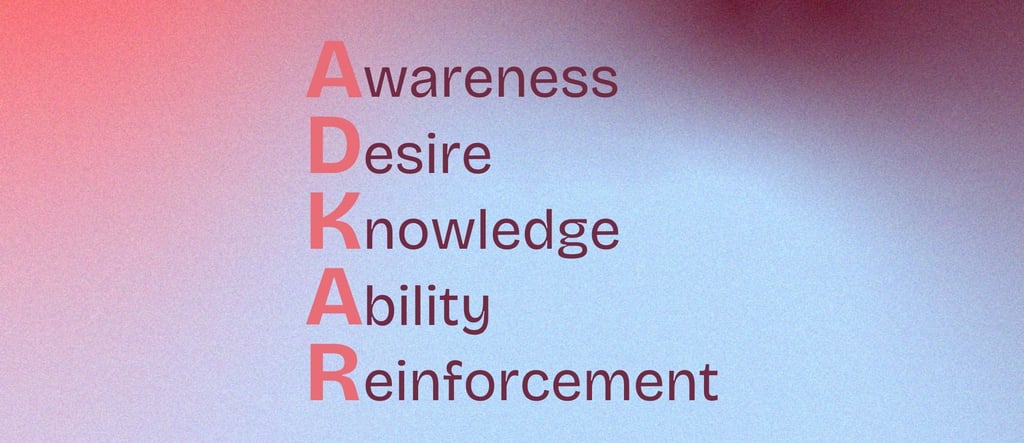How the use of the ADKAR model can help as a driver of change
Discover how 5.0 technology is driving business sustainability and resilience. At Enginhum, we integrate advanced solutions and the ADKAR model to manage change, optimise processes and retain talent.
TECNOLOGÍA 5.0RESILIENCIAASESORAMIENTO 5.0CAPTACIÓN Y RETENCIÓN DE TALENTO
At Enginhum we are committed to the integration of advanced technologies to ensure that our clients become a more sustainable, resilient company with the capacity to attract and retain talent. To achieve this, we work with a change management model called ADKAR.


